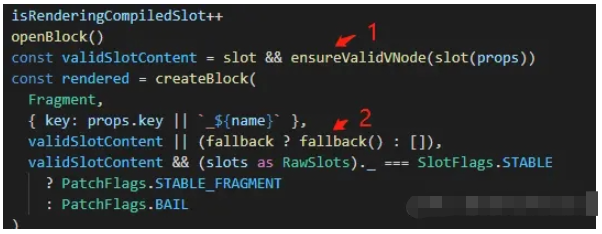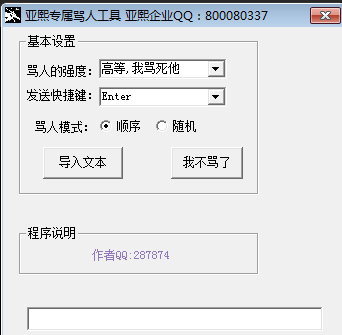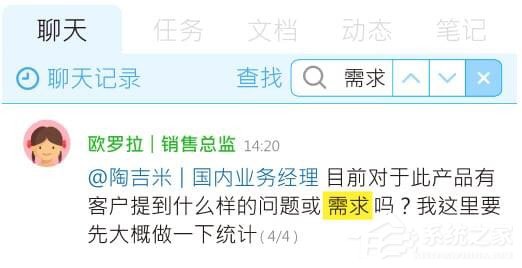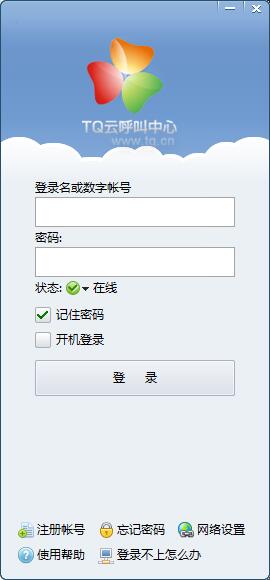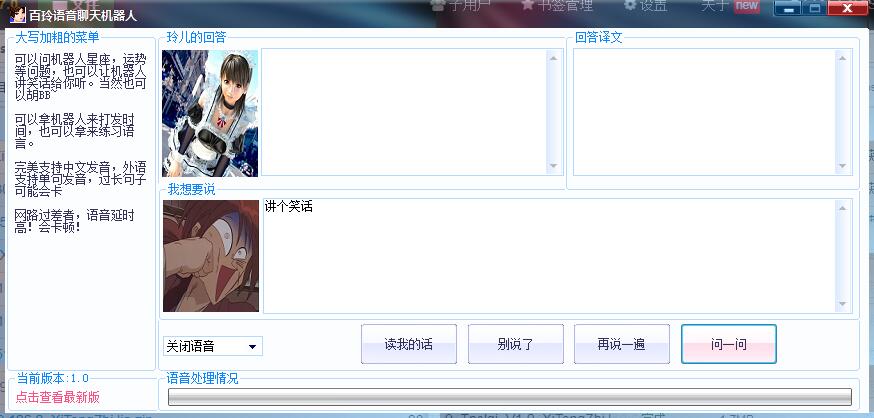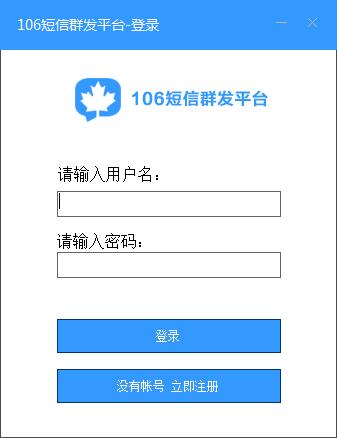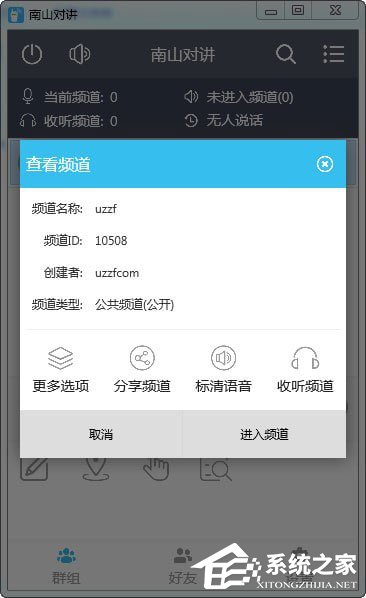Vue3插槽Slot的实现原理是什么
时间:2023-05-25 00:20
Vue 实现了一套内容分发的 API,这套 API 的设计灵感源自 Web Components 规范草案,将 那么Slot到底是什么呢?Slot其实是一个接受父组件传过来的插槽内容,然后生成VNode并返回的函数。 我们一般是使用 我们可以清楚看到 要使用插槽那就必须存在父子组件。 假设父组件为一下内容: 我们在父组件使用了一个 todo-button子组件模版内容 当组件渲染的时候, 那么这其中底层的原理是什么呢?在理解插槽的底层原理之前,我们还需要回顾一下Vue3的组件运行原理。 组件的核心是它能够产出一坨VNode。对于 Vue 来说一个组件的核心就是它的渲染函数,组件的挂载本质就是执行渲染函数并得到要渲染的VNode,至于什么data/props/computed 这都是为渲染函数产出 VNode 过程中提供数据来源服务的,最关键的就是组件最终产出的VNode,因为这个才是需要渲染的内容。 当Vue3遇到VNode类型为组件时,会进入组件渲染流程。组件渲染的流程就是首先创建组件实例,然后初始化组件实例,在初始化组件实例的时候就会去处理Slot相关的内容。 在源码的runtime-coresrccomponent.ts里面 在函数initSlots里面初始化组件Slot的相关内容 那么initSlots函数长啥样,都干了些什么呢? runtime-coresrccomponentSlots.ts 首先要判断该组件是不是Slot组件,那么怎么判断该组件是不是Slot组件呢?我们先要回去看一下上面父组件编译之后的代码: 我们可以看到Slot组件的children内容是一个Object类型,也就是下面这段代码: 那么在创建这个组件的VNode的时候,就会去判断它的children是不是Object类型,如果是Object类型那么就往该组件的VNode的shapeFlag上挂上一个Slot组件的标记。 如果是通过模板编译过来的那么就是标准的插槽children,是带有 如果是用户自己写的插槽对象,那么就没有 如果用户搞骚操作不按规范走,那么就走 我们先看看子组件编译之后的代码: 上面我们也讲过了 作用域插槽是一种子组件传父组件的传参的方式,让插槽内容能够访问子组件中才有的数据 。 子组件模板 编译后的代码 父组件模板 编译后的代码 上面讲过renderSlot函数,可以简单概括成下面的代码 name是default,那么slots[name]得到的就是下面这个函数 slot(props)就很明显是slot({ username: "coboy" }),这样就把子组件内的数据传到父组件的插槽内容中了。 有时我们需要多个插槽。例如对于一个带有如下模板的 对于这样的情况, 一个不带 在向具名插槽提供内容的时候,我们可以在一个 父组件编译之后的内容: 子组件编译之后的内容: 通过子组件编译之后的内容我们可以看到这三个Slot渲染函数 _renderSlot(_ctx.$slots, "header") _renderSlot(_ctx.$slots, "default") _renderSlot(_ctx.$slots, "footer") 然后我们再回顾一下renderSlot渲染函数 这个时候我们就可以很清楚的知道所谓具名函数是通过renderSlots渲染函数的第二参数去定位要渲染的父组件提供的插槽内容。父组件的插槽内容编译之后变成了一个Object的数据类型。 我们可能希望这个 现在当我们在一个父级组件中使用 备用内容“Submit”将会被渲染: 但是如果我们提供内容: 则这个提供的内容将会被渲染从而取代备用内容: 这其中的原理是什么呢?我们先来看看上面默认内容插槽编译之后的代码 我们可以看到插槽函数的内容是这样的 我们再回顾看一下renderSlot函数 再通过renderSlot函数的源码我们可以看到, 第一步,先获取父组件提供的内容插槽的内容, 在第二个步骤中,若父组件已提供插槽内容,则使用该插槽内容,否则执行默认的内容渲染函数以获取默认内容。 以上就是Vue3插槽Slot的实现原理是什么的详细内容,更多请关注Gxl网其它相关文章!Vue官方对插槽的定义
<slot> 元素作为承载分发内容的出口。Slot到底是什么
<slot></slot> 这对标签进行接受父组件传过来的内容,那么这对标签最终编译之后是一个创建VNode的函数,我们可以叫做创建插槽VNode的函数。// <slot></slot>标签被vue3编译之后的内容export function render(_ctx, _cache, $props, $setup, $data, $options) { return _renderSlot(_ctx.$slots, "default")}<slot></slot>标签被Vue3编译之后的就变成了一个叫_renderSlot的函数。如何使用插槽
<todo-button> Add todo</todo-button>
todo-button的子组件,并且传递了Add todo的插槽内容。<button class="btn-primary"> <slot></slot></button>
<slot></slot> 将会被替换为“Add todo”。回顾组件渲染的原理
插槽的初始化原理
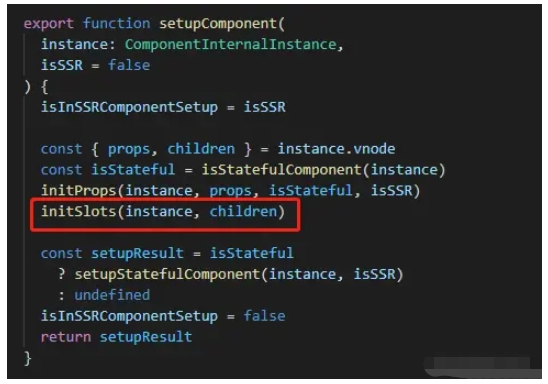
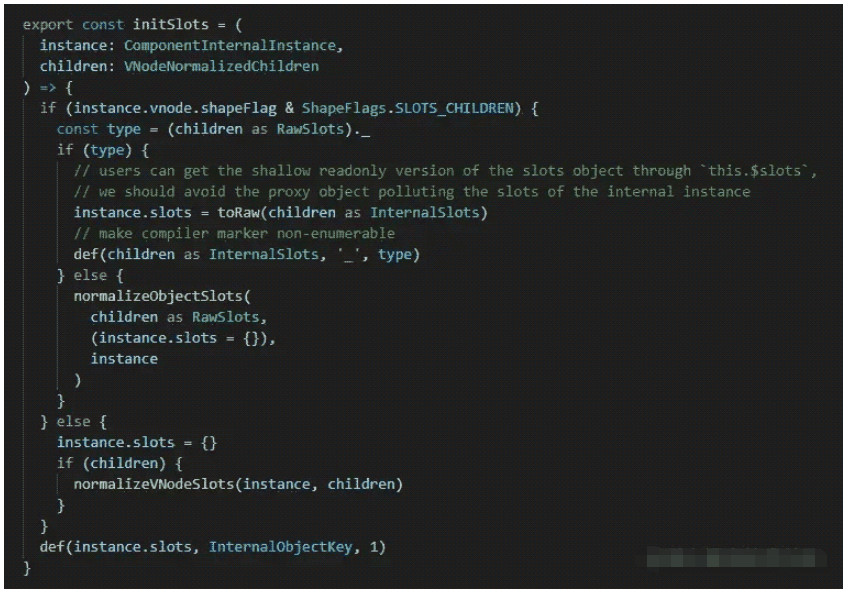
export function render(_ctx, _cache, $props, $setup, $data, $options) { const _component_todo_button = _resolveComponent("todo-button") return (_openBlock(), _createBlock(_component_todo_button, null, { default: _withCtx(() => [ _createTextVNode(" Add todo ") ], undefined, true), _: 1 /* STABLE */ }))}{ default: _withCtx(() => [ _createTextVNode(" Add todo ") ], undefined, true), _: 1 /* STABLE */}_属性的,是可以直接放在组件实例上的slots属性。_属性,那么就需要进行规范化处理,走normalizeObjectSlots 。normalizeVNodeSlots流程。解析插槽中的内容
export function render(_ctx, _cache, $props, $setup, $data, $options) { return (_openBlock(), _createElementBlock("button", { class: "btn-primary" }, [ _renderSlot(_ctx.$slots, "default") ]))}<slot></slot>标签被vue3编译之后的就变成了一个叫_renderSlot的函数。
renderSlot函数接受五个参数,第一个是实例上的插槽函数对象slots,第二个是插槽的名字,也就是将插槽内容渲染到指定位置 ,第三个是插槽作用域接收的props,第四个是插槽的默认内容渲染函数,第五个暂不太清楚什么意思。作用域插槽原理
<slot username="coboy"></slot>
export function render(_ctx, _cache, $props, $setup, $data, $options) { return _renderSlot(_ctx.$slots, "default", { username: "coboy" })}<todo-button> <template v-slot:default="slotProps"> {{ slotProps.username }} </template></todo-button>export function render(_ctx, _cache, $props, $setup, $data, $options) { const _component_todo_button = _resolveComponent("todo-button") return (_openBlock(), _createBlock(_component_todo_button, null, { default: _withCtx((slotProps) => [ _createTextVNode(_toDisplayString(slotProps.username), 1 /* TEXT */) ]), _: 1 /* STABLE */ }))}export function renderSlots(slots, name, props) { const slot = slots[name] if (slot) { if (typeof slot === 'function') { return createVNode(Fragment, {}, slot(props)) } }}slots是组件实例上传过来的插槽内容,其实就是这段内容{ default: _withCtx((slotProps) => [ _createTextVNode(_toDisplayString(slotProps.username), 1 /* TEXT */) ]), _: 1 /* STABLE */}_withCtx((slotProps) => [ _createTextVNode(_toDisplayString(slotProps.username), 1 /* TEXT */)])
具名插槽原理
<base-layout> 组件:<div class="container"> <header> <!-- 我们希望把页头放这里 --> </header> <main> <!-- 我们希望把主要内容放这里 --> </main> <footer> <!-- 我们希望把页脚放这里 --> </footer></div>
<slot> 元素有一个特殊的 attribute:name。通过它可以为不同的插槽分配独立的 ID,也就能够以此来决定内容应该渲染到什么地方:<!--子组件--><div class="container"> <header> <slot name="header"></slot> </header> <main> <slot></slot> </main> <footer> <slot name="footer"></slot> </footer></div>
name 的 <slot> 出口会带有隐含的名字“default”。<template> 元素上使用 v-slot 指令,并以 v-slot 的参数的形式提供其名称:<!--父组件--><base-layout> <template v-slot:header> <h2>header</h2> </template> <template v-slot:default> <p>default</p> </template> <template v-slot:footer> <p>footer</p> </template></base-layout>
export function render(_ctx, _cache, $props, $setup, $data, $options) { const _component_base_layout = _resolveComponent("base-layout") return (_openBlock(), _createBlock(_component_base_layout, null, { header: _withCtx(() => [ _createElementVNode("h2", null, "header") ]), default: _withCtx(() => [ _createElementVNode("p", null, "default") ]), footer: _withCtx(() => [ _createElementVNode("p", null, "footer") ]), _: 1 /* STABLE */ }))}export function render(_ctx, _cache, $props, $setup, $data, $options) { return (_openBlock(), _createElementBlock("div", { class: "container" }, [ _createElementVNode("header", null, [ _renderSlot(_ctx.$slots, "header") ]), _createElementVNode("main", null, [ _renderSlot(_ctx.$slots, "default") ]), _createElementVNode("footer", null, [ _renderSlot(_ctx.$slots, "footer") ]) ]))}// renderSlots的简化export function renderSlots(slots, name, props) { const slot = slots[name] if (slot) { if (typeof slot === 'function') { return createVNode(Fragment, {}, slot(props)) } }}{ header: _withCtx(() => [ _createElementVNode("h2", null, "header") ]), default: _withCtx(() => [ _createElementVNode("p", null, "default") ]), footer: _withCtx(() => [ _createElementVNode("p", null, "footer") ]), _: 1 /* STABLE */}默认内容插槽的原理
<button> 内绝大多数情况下都渲染“Submit”文本。为了将“Submit”作为备用内容,我们可以将它放在 <slot> 标签内<button type="submit"> <slot>Submit</slot></button>
<submit-button> 并且不提供任何插槽内容时:<submit-button></submit-button>
<button type="submit"> Submit</button>
<submit-button> Save</submit-button>
<button type="submit"> Save</button>
export function render(_ctx, _cache, $props, $setup, $data, $options) { return (_openBlock(), _createElementBlock("button", { type: "submit" }, [ _renderSlot(_ctx.$slots, "default", {}, () => [ _createTextVNode("Submit") ]) ]))}_renderSlot(_ctx.$slots, "default", {}, () => [ _createTextVNode("Submit")])renderSlot函数接受五个参数,第四个是插槽的默认内容渲染函数。